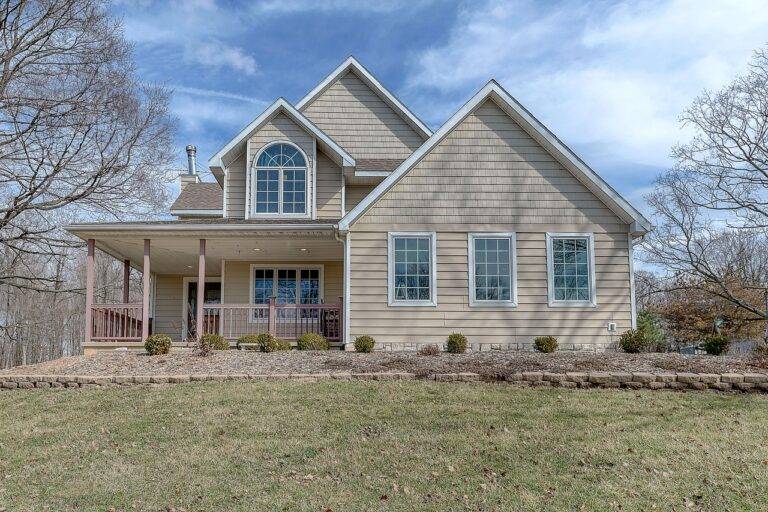The Latest Trends in Home Design
Color plays a significant role in the design of a home. Different colors can evoke various emotions and moods, impacting the overall feel of a space. When choosing colors for different rooms in your home, it is essential to consider the psychological effects they may have on the occupants.
For example, blue is often associated with calmness and serenity, making it an excellent choice for bedrooms or spaces where relaxation is key. On the other hand, yellow is known for its energizing and uplifting qualities, making it well-suited for areas like kitchens or home offices. By understanding the psychological impact of colors, homeowners can create spaces that not only look beautiful but also promote desired feelings and emotions.
Sustainable Materials and Eco-Friendly Practices
Choosing sustainable materials and implementing eco-friendly practices in home design is becoming increasingly important in today’s environmentally conscious world. Opting for materials that are renewable, recyclable, and non-toxic can greatly reduce the ecological footprint of a home. From bamboo flooring to recycled glass countertops, there are a plethora of sustainable options available to create a stylish and eco-friendly living space.
In addition to selecting sustainable materials, incorporating eco-friendly practices into the construction and maintenance of a home is key to reducing its impact on the environment. This can include installing energy-efficient appliances, utilizing solar panels for renewable energy, and practicing water conservation through low-flow fixtures. By prioritizing sustainability in every aspect of home design and maintenance, homeowners can contribute to a greener future while creating a healthy and comfortable living environment for themselves and their families.
Open Concept Living Spaces
Open Concept Living Spaces have gained popularity in recent years for their ability to create a sense of openness and connectivity within a home. By removing walls and barriers between different rooms, these spaces allow for seamless flow and interaction between family members and guests. The unobstructed layout of open concept living spaces also maximizes natural light and creates a feeling of spaciousness, making the area appear larger and more inviting.
One of the key benefits of open concept living spaces is the flexibility they offer for different activities and functions. Whether it’s hosting a party, relaxing with family, or working from home, the open layout allows for easy transition between various tasks and areas within the space. Additionally, open concept living spaces promote a sense of togetherness and social interaction, as individuals can move freely throughout the space without feeling isolated or disconnected from the rest of the household.





